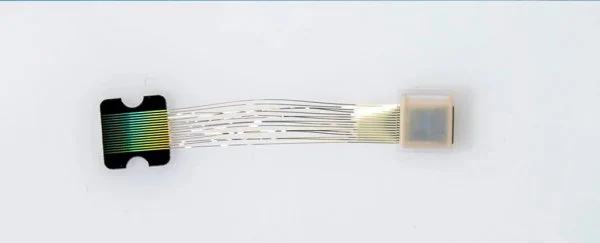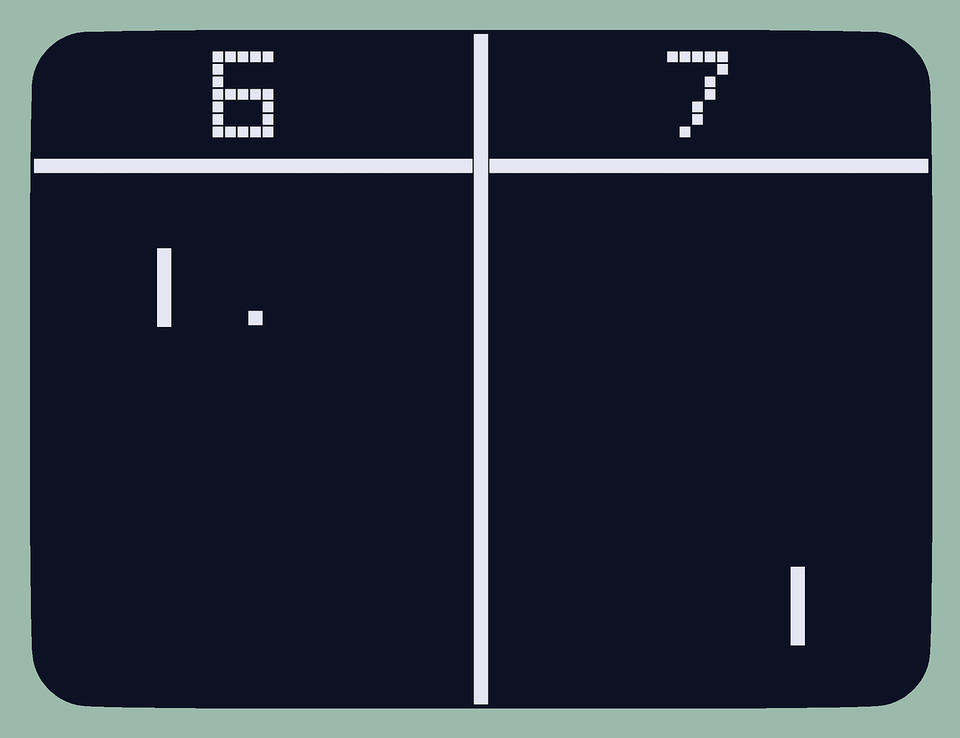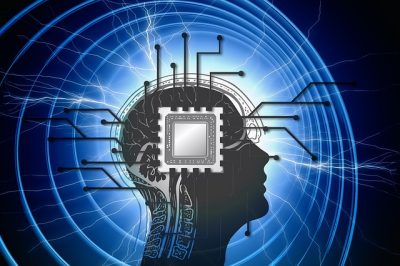According to a legend, the human brain is the most complex biological structure ever created. While science still does not fully comprehend the brain, researchers in the growing discipline of neuroscience have made some progress.

What The Progress Made By Neuroscientists?
Neuroscientists have made significant progress in understanding the intricate functioning of the brain’s 85 billion neurons and the 100 trillion connections that connect them. (To put this figure into perspective, the Milky Way galaxy contains upwards of 400 billion stars.)
What Is Neuralink?
Neuralink is a Silicon Valley start-up sponsored by Elon Musk that has invented a brain-computer interface neuroprosthetic device. Musk thinks that this chip might, among other things, cure tinnitus, a neurological disorder that produces ringing in the ears, in five years. Is this, however, feasible?
What Is The Neuralink Device?
A precise surgical robot implants the coin-sized Neuralink gadget, known as a Link, flush with the skull. A thousand microscopic strands from the Link are connected to specific neurons by the robot. Each thread is around the size of a human hair in diameter.
The device uses Bluetooth to connect to an external computer for continuous communication.
Neuralink prostheses may one day aid persons suffering from a variety of neurological illnesses involving a disconnect or dysfunction between the brain and the nerves that serve the body. People with paraplegia, quadriplegia, Parkinson’s disease, and epilepsy fall into this category.
Since its founding in 2016, Neuralink has been enlisting the help of top-tier neuroscientists from academia and the broader research community to create technology to treat these diseases.
Is There Any Progress Made By Neuralink Till Now?
The monkey from Neuralink can play Pong with his mind. The business released a spectacular proof-of-concept video in April 2021. It featured Pager, a nine-year-old macaque monkey, effectively playing Pong with his mind, thanks to an implanted Neuralink device connected to a computer running the game.

Pager was shown how to use a joystick to play Pong. He’d get a drink of banana smoothie if he made the right step.
The Neuralink implant captured the electrical activity patterns in his brain as he performed. This revealed which neurons were in charge of specific movements.
Pager was able to play the game and win using only his mind when the joystick was disconnected.
Human trials to further develop the Neuralink prototype are planned to begin in the second half of 2022, pending FDA approval.
What Are The Claims Of Musk’s About The Cure Of Tinnitus?
Tinnitus is a neurological disorder that causes a ringing or buzzing in the ears when no external source is present. It is a frequent condition that occurs when the vestibulocochlear nerve, which connects the inner ear to the brain, is destroyed by persistent loud noise, injury, or a lack of blood flow.
Tinnitus has been difficult to cure. The present treatment focuses on masking or learning to ignore the sound. The Neuralink technology, according to Elon Musk, might cure tinnitus by 2027.
The Neuralink prosthetic now links to the cerebral cortex, the brain’s surface layer. The device can help here if the brain’s ability to process motor sensory input or output has been damaged.
How Much Truth Hides In Musks Claims?
These claims may appear to be big and lofty. However, the science behind it is undisputed. Since the first cochlear implant was implanted in a person with impaired hearing in the early 1960s, neural implants have been aiding individuals. In the 60 years since then, there has been a lot of improvement.
The technology has the potential to alleviate tinnitus, according to neuroscientists. Deep brain stimulation may also be effective in treating obsessive compulsive disorder, healing brain damage, and treating illnesses like autism or degenerative nervous system diseases.
According to Paul Nuyujukian, director of Stanford University’s Brain Interfacing Laboratory:
“We are on the verge of a significant paradigm change. This type of technology has the potential to revolutionise our medical care. Not only for stroke, paralysis, and motor degenerative disease, but for nearly every other type of brain disease as well.”
Is There Any Harm Of Using Neuralink?
The FDA has classified Neuralink as a class III medical device, which is the most dangerous. Before beginning human trials, Neuralink must pass the FDA’s stringent regulatory requirements.
To be accepted, the company must offer comprehensive clinical study data from non-human test subjects (such as Pager the monkey) in order to conservatively justify advancing to the next phase. Some monkeys perished during Neuralink’s studies, raising animal welfare worries among opponents.
The Human Testing Can Be Put On Hold For The Time Being
The FDA will be on the lookout for unanticipated negative effects of the gadgets, such as depression. How to practiceable it is to remove or repair a device if it malfunctions, as well as how to limit the danger of brain injury or infection, will be of interest.
Following FDA approval, Neuralink will recruit human volunteers for the next round of testing. Nobody knows how long it will take for the device to become commercially available or how much it will cost. It could take years, and the cost will be prohibitive to all but the wealthy. So don’t get your hopes up for a cheap implant in the near future.
